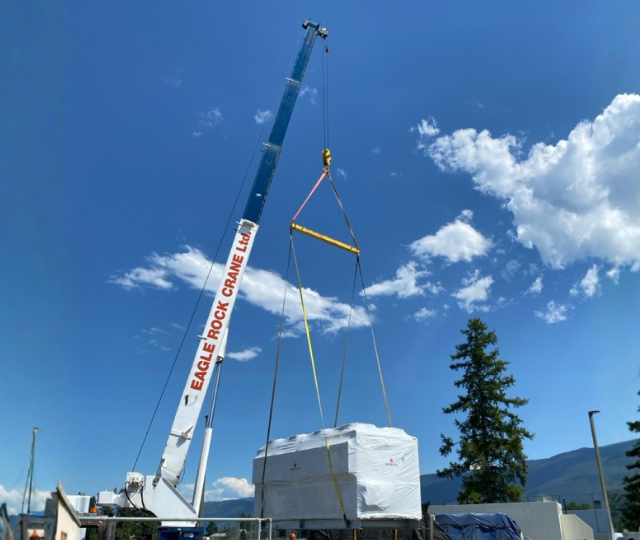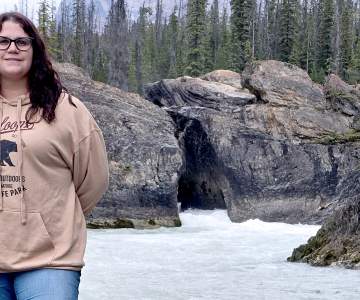Interior Health (IH) provides health services to close to 900,000 people across the Interior region of B.C. But it takes more than health-care services to keep people healthy—it also takes well-run, safe facilities.
Heating, cooling and ventilation (HVAC) systems quietly safeguard patient safety, comfort and air quality every day.
By managing the way our buildings use and generate energy, we can reduce greenhouse gas emissions, lower utility costs, and create healthier spaces for patients and staff while reducing the impact we have on the environment.
















